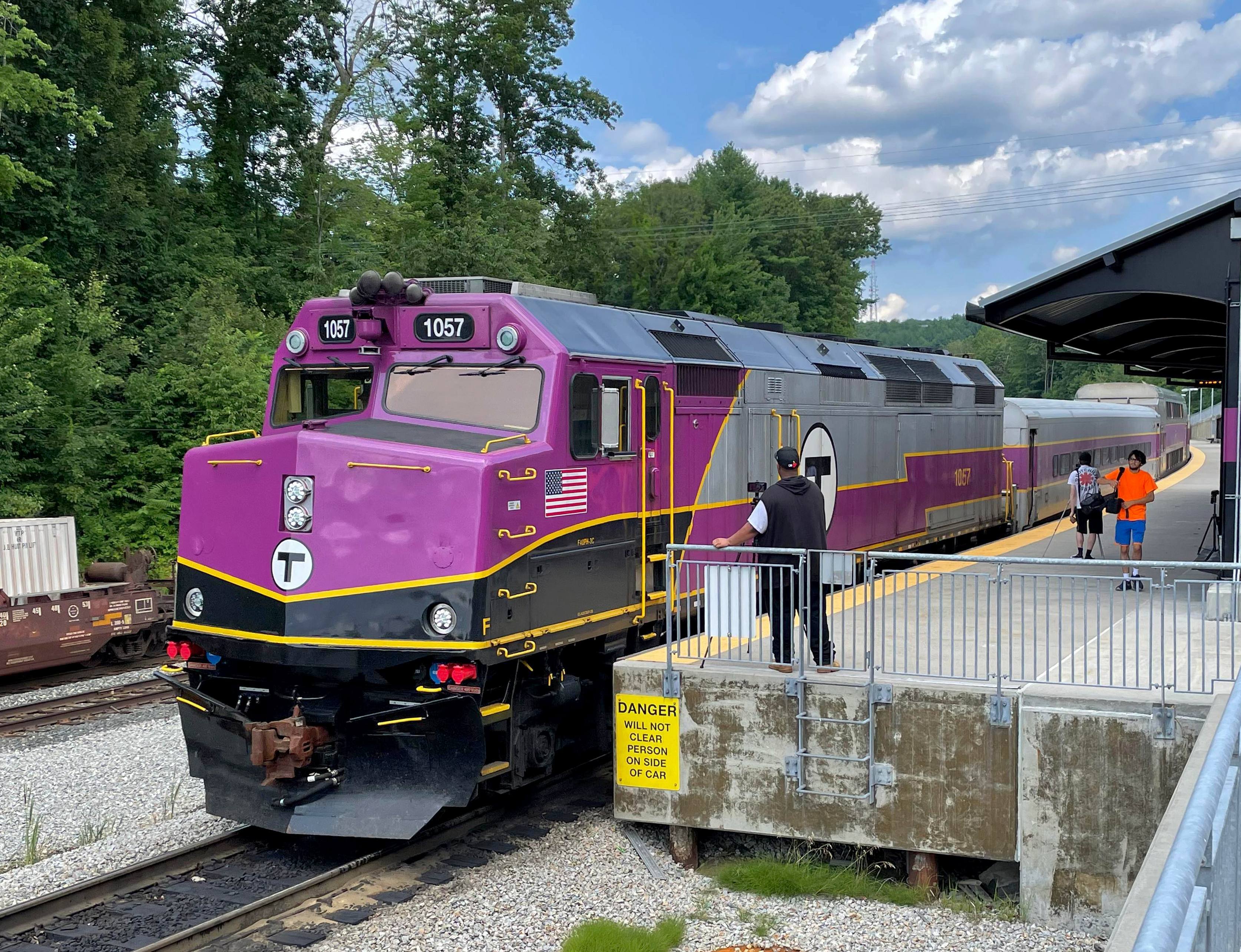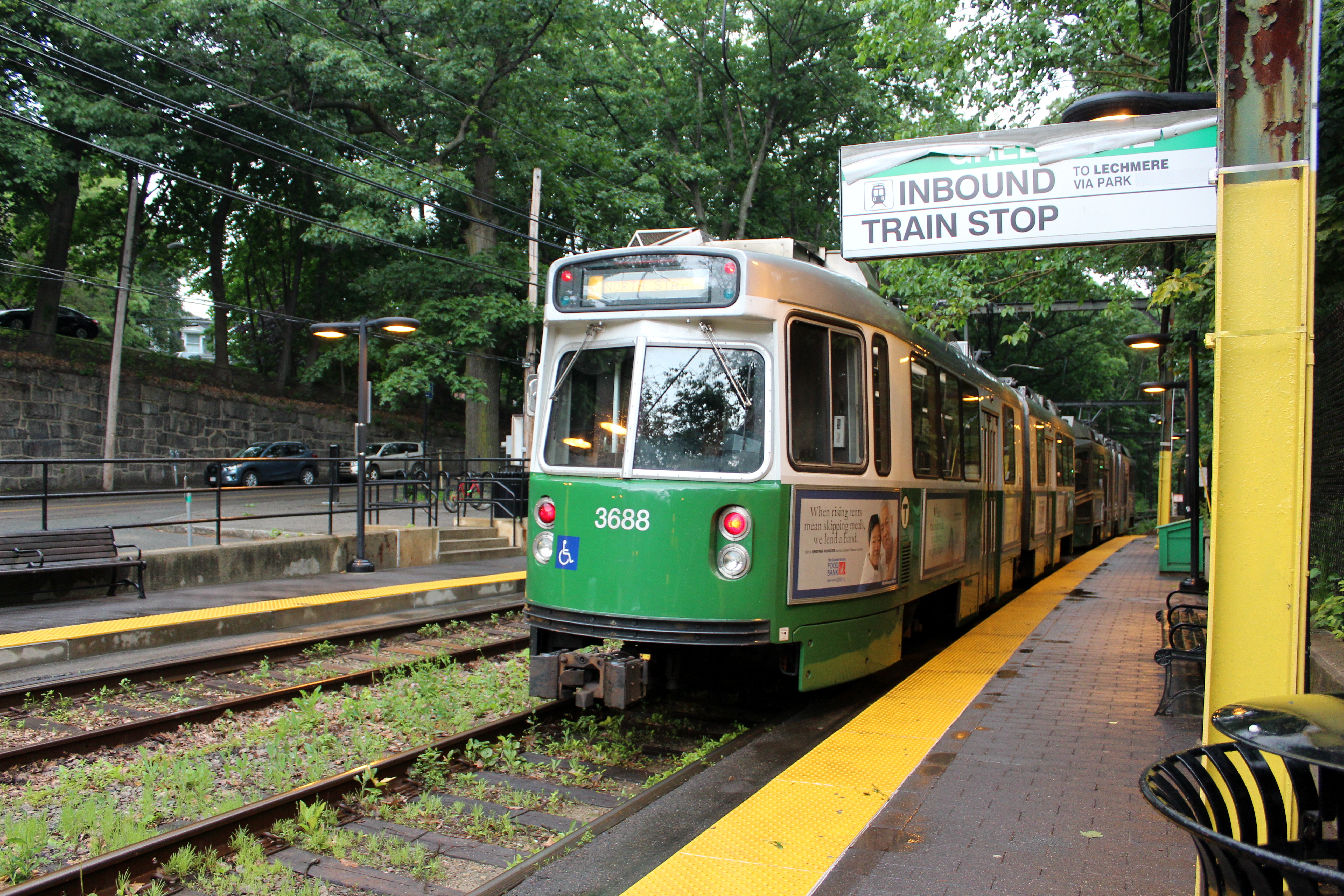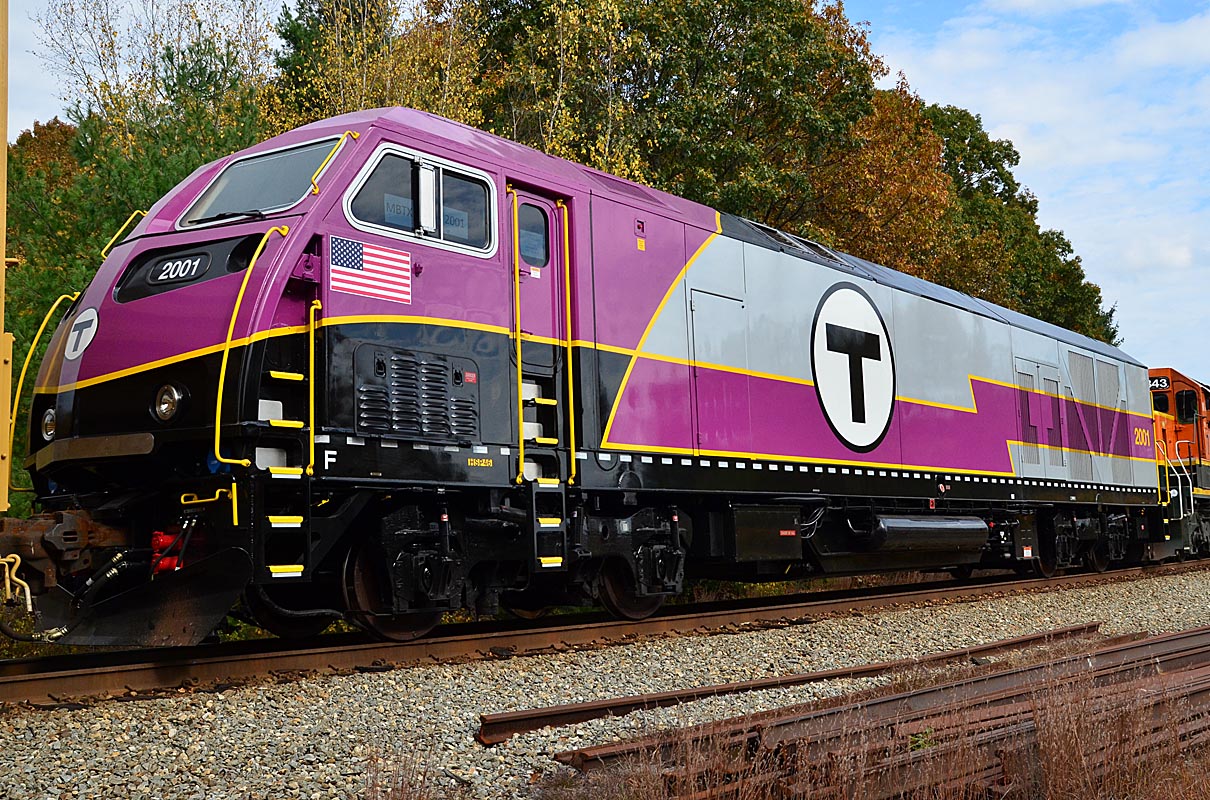When we think about public transit, especially here in Boston, a lot of things come to mind: the daily commute, the familiar rumble of the trains, and maybe even those old MBTA system maps and schedules that show how much things have changed. But there's a serious side to all of it, a very real concern that touches the heart of our community: incidents involving a death on the MBTA. This is not just about delays or operational hiccups; it's about the safety of everyone who uses the system, and those who work on it, too. It’s a topic that, you know, really prompts a lot of thought about how we keep our transit safe for all.
For many of us, the Massachusetts Bay Transportation Authority, or MBTA, is an everyday part of life. We rely on its commuter rail, light rail, and subway operations to get us where we need to go. We might even look at webcams with views of MBTA lines, just to see if things are running smoothly. So, when news breaks about a fatality, it naturally raises a lot of questions and, honestly, a fair bit of worry among riders and folks living near the tracks. It’s a stark reminder that beneath the routine of daily travel, there are very important safety considerations at play.
This discussion about incidents where a life is lost on the MBTA is, in a way, about more than just numbers or statistics. It’s about the human element, the impact on families, and the collective desire for a transit system that is as secure as it can possibly be. It makes you think about all the hypothetical T maps people might dream up on Reddit, and how even those visions are built on the idea of a transit network that is reliable and, perhaps most important of all, safe for everyone who steps aboard or stands near its lines. It’s a conversation that, you know, really needs to happen openly.
- State Dog Of Kentucky
- Akeila Ware
- Kylie Jenner Vodka
- Mars Conjunct Chiron
- Kiefer Sutherland Height Weight
Table of Contents
- Understanding the Impact of MBTA Incidents
- What the MBTA Does for Safety
- Community Concerns and the Way Forward
- Frequently Asked Questions About MBTA Safety
- Looking Ahead to a Safer Transit Future
Understanding the Impact of MBTA Incidents
When an incident happens on the MBTA involving a death, the effects spread out quite far, you know. It’s not just the immediate area or the people directly involved; it sends ripples through the entire community. Riders might feel a bit more nervous about their daily trips, and people who live near the tracks, perhaps seeing the commuter rail pass by their homes all the time, might feel a new kind of unease. It’s a very somber reminder that even in our busy city life, things can take a serious turn.
These events also bring into sharp focus the intricate operations of the MBTA. From the complex network of subway lines to the extensive commuter rail routes, every part of the system plays a role in safety. People often discuss hypothetical T maps on Reddit, imagining new lines or connections, but the real challenge is making sure the existing infrastructure is as safe as it can be. It's a big job, really, keeping such a large system secure for millions of rides each year.
For those of us who follow the MBTA, perhaps looking at old MBTA system maps and schedules, we can see how the system has grown and changed over time. With that growth comes a greater responsibility for safety. Each incident prompts a deeper look into what happened, why it happened, and what steps can be taken to prevent similar occurrences. It's a continuous process of learning and adapting, and it’s, like, a really important one for everyone involved.
- Ashley Park Fappening
- Stella Banderas Height
- Attack 50 Foot Woman Poster
- Disney Villain Wedding Dresses
- Portrait Of Harry Styles
What the MBTA Does for Safety
The MBTA, as the Massachusetts Bay Transportation Authority, has a serious commitment to keeping its operations safe. They have many different programs and measures in place, all designed to make the system as secure as possible for riders and employees alike. It’s a complex undertaking, given the sheer scale of their commuter rail, light rail, and subway operations, but it’s something they are always working on, you know.
One key area involves the physical infrastructure itself. Think about the tracks, the signals, and even the platforms. These are regularly inspected and maintained. There are ongoing projects to upgrade older equipment and introduce newer technologies that can help prevent incidents. For instance, better signaling systems can help trains maintain safe distances, and improved track conditions reduce the risk of derailments. It's a constant effort to keep everything in top shape, which, you know, takes a lot of careful planning and resources.
Another big part of their safety work is focused on human behavior, both for their own staff and for the public. They put a lot of effort into training their operators, conductors, and maintenance crews. This training covers everything from emergency procedures to recognizing potential hazards. For the public, there are campaigns to raise awareness about staying safe around tracks and platforms. It’s about making sure everyone understands the risks and knows how to act responsibly when they are near the transit system, so it's a bit of a shared responsibility, too.
Track Safety and Public Awareness
One of the main ways the MBTA tries to prevent incidents, particularly those involving people on the tracks, is through very clear track safety measures and public awareness efforts. They understand that, you know, sometimes people might not realize the danger of being near train lines. So, they work hard to get the message out there.
This includes installing fencing in certain areas to deter unauthorized access to tracks. There are also signs posted at stations and along the rights-of-way, reminding people to stay clear and be aware of their surroundings. These visual cues are pretty important, you know, in helping to reinforce safe behaviors.
Beyond physical barriers and signs, the MBTA also runs campaigns that talk about the dangers of trespassing on tracks or being distracted near trains. They often partner with local schools and community groups to share these vital safety messages. It’s about educating everyone, from young kids to adults, on how to interact safely with a busy transit system. This kind of outreach is, in a way, just as important as the physical safety measures themselves.
Operational Upgrades and Training
The MBTA is constantly looking at its operations and figuring out ways to make them more secure. This means investing in new technology and making sure their staff are as prepared as possible. It’s a continuous process of improvement, really, and it touches every part of their commuter rail, light rail, and subway operations.
For example, they've been working on upgrading their signaling systems. These systems are incredibly important for controlling train movements and preventing collisions. Newer, more advanced signals can provide better information to operators and even automatically apply brakes if a train is going too fast or gets too close to another. It’s a bit like having an extra layer of protection built into the system, you know.
And then there's the training. MBTA employees, from the people who drive the trains to those who maintain the tracks, go through extensive training programs. They learn about safety protocols, emergency response, and how to identify potential hazards. This ongoing education helps ensure that everyone working for the MBTA is equipped with the knowledge and skills needed to operate the system safely. It’s pretty clear that well-trained staff are a cornerstone of any secure public transit system, actually.
Emergency Response and Support
Even with all the preventative measures, incidents can still happen. When they do, the MBTA has detailed emergency response plans in place. These plans are designed to ensure a quick and coordinated reaction, helping to minimize harm and provide support where it's needed most. It’s a critical part of their overall safety strategy, you know.
First responders, including MBTA Transit Police, local police, fire departments, and emergency medical services, work together very closely. They train regularly for different types of scenarios, so they can react effectively if something serious occurs. This coordination is pretty vital, actually, for managing any incident that might arise on the tracks or at a station.
Beyond the immediate response, the MBTA also focuses on supporting those affected by an incident. This can involve providing information to the public, offering assistance to passengers, and cooperating fully with any investigations that take place. The goal is to handle these difficult situations with as much care and transparency as possible, helping the community to understand what happened and what steps are being taken afterwards. It's a very challenging aspect of their work, to be honest.
Community Concerns and the Way Forward
The community's trust in the MBTA is, you know, really important, and incidents involving fatalities can shake that trust. People want to feel safe when they use public transit, and they want to know that the system is doing everything it can to protect them. This means that transparency and communication from the MBTA are very, very important.
Discussions around safety often extend to topics like hypothetical T maps that people share on Reddit, showing how new lines or extensions might improve service. But underneath those ideas is always the fundamental need for security. Riders and residents are interested in knowing about upgrades to the commuter rail, light rail, and subway operations, and how these changes will make their daily journeys more secure. It’s a bit of a constant conversation, actually, between the transit authority and the people it serves.
Looking at old MBTA system maps and schedules can show us how far the system has come, but the focus now is always on the future. The way forward involves continued investment in infrastructure, ongoing training for personnel, and a commitment to public engagement. It’s about building a system that not only gets people where they need to go efficiently but also ensures they arrive safely. This collective effort, involving the MBTA and the community, is what will ultimately lead to a more secure transit environment for everyone, you know.
Frequently Asked Questions About MBTA Safety
How often do MBTA incidents involving serious harm happen?
While specific numbers can change and are often part of ongoing reports, incidents involving serious harm on the MBTA, including fatalities, are thankfully not an everyday occurrence. The MBTA, like other major transit systems, aims for the highest safety standards. Each incident is, you know, thoroughly investigated to understand its causes and to find ways to prevent similar events in the future. Public records and news reports often provide details on these events as they happen, so it's something that gets looked at very closely.
What is the MBTA doing to improve safety after incidents?
After any serious incident, the MBTA typically conducts a very detailed investigation. This process helps them figure out what went wrong and what needs to be changed. They often implement new safety protocols, upgrade equipment, or revise training programs for their staff. For instance, they might improve track signaling systems or enhance public awareness campaigns about staying safe around trains. It’s a continuous cycle of learning and improvement, really, aimed at making the commuter rail, light rail, and subway operations more secure for everyone who uses them. You can learn more about MBTA operations on our site, actually.
Can you prevent MBTA track deaths?
Preventing all track-related deaths is a very complex challenge, but the MBTA works hard to minimize these tragic events. Their efforts include installing fencing in vulnerable areas, putting up clear warning signs, and running public education campaigns to discourage trespassing on tracks. They also focus on maintaining their equipment and training their operators to react quickly in emergency situations. While it's difficult to completely eliminate risk, these measures are designed to make the system as safe as possible for both riders and the public. It's a goal that, you know, everyone wants to achieve.
Looking Ahead to a Safer Transit Future
The conversation around "mbta death" is a very serious one, and it highlights the ongoing need for a public transit system that is not only efficient but also incredibly safe. The MBTA's efforts to upgrade its infrastructure, train its personnel, and engage with the community are all part of this important mission. It’s about ensuring that the millions of rides taken each year on the commuter rail, light rail, and subway lines are as secure as they can possibly be. We often look at webcams with views of MBTA lines to see daily operations, and that very act, you know, underlines our connection to the system.
As we move forward, the focus will remain on continuous improvement. This includes adapting to new technologies, learning from past incidents, and always prioritizing the well-being of riders and the public. The discussions, like those found on Reddit about hypothetical T maps or the detailed analysis of old MBTA system maps and schedules, all contribute to a broader understanding of how this vital service functions. Ultimately, a safe MBTA is a stronger MBTA, serving the community with reliability and care. For more information, you might find details on MBTA safety initiatives quite helpful, and also link to this page for further reading.
Related Resources:



Detail Author:
- Name : Dasia Kiehn V
- Username : ursula.torphy
- Email : trycia.schaden@gmail.com
- Birthdate : 1974-01-09
- Address : 8712 Heller Crescent Suite 520 Wildermantown, RI 23114
- Phone : 210-714-2015
- Company : Kemmer, Pouros and Jast
- Job : Fitter
- Bio : Dolores qui et excepturi nisi quidem. Soluta fuga quis facilis tempore modi quis et. Autem ut aut ullam est repudiandae vitae. Corrupti vel repellendus cumque et asperiores aut.
Socials
linkedin:
- url : https://linkedin.com/in/bartell1987
- username : bartell1987
- bio : Quia atque nam quibusdam voluptatem qui.
- followers : 3009
- following : 2655
tiktok:
- url : https://tiktok.com/@orval_bartell
- username : orval_bartell
- bio : Aut quibusdam placeat soluta nesciunt et sed.
- followers : 1971
- following : 2954